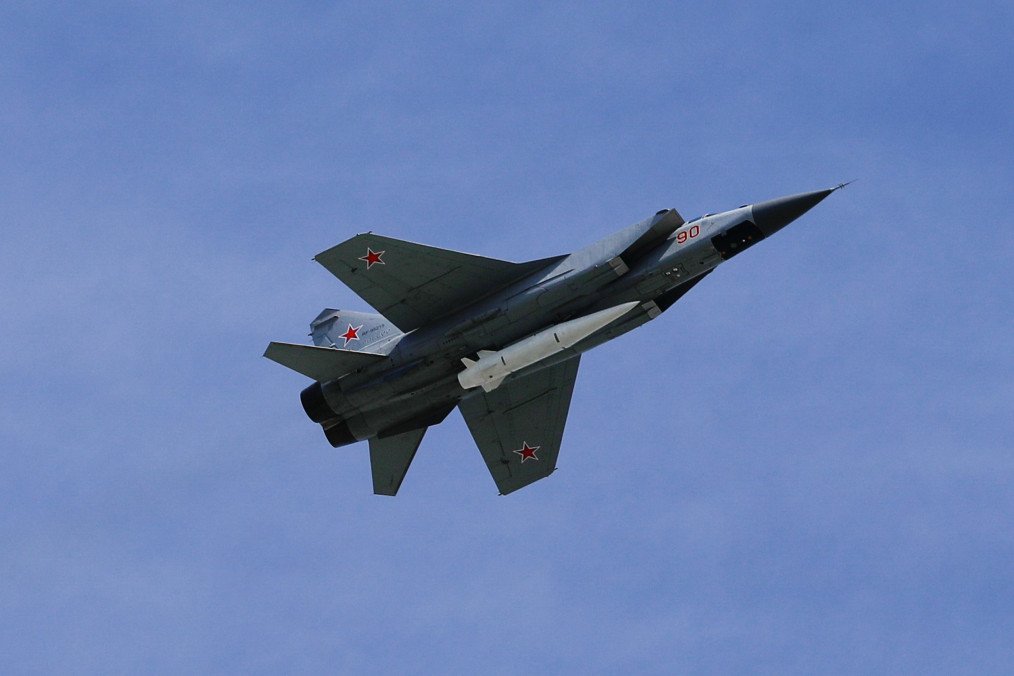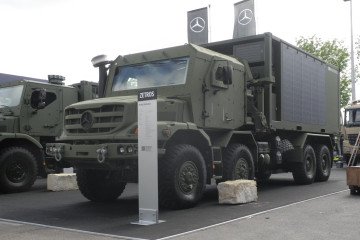- Category
- Latest news
Indian-Made Component Found in Russian Kh-47 Kinzhal Missile for the First Time

For the first time, a component manufactured in India has been identified in Russian weaponry, according to a report from Ukraine’s Defense Intelligence (HUR) on April 7.
The part in question is a clock buffer produced by Aura Semiconductor, an Indian company. It was found among nearly 200 newly identified components used across six types of Russian weapons systems.
The analysis was conducted as part of ongoing efforts to monitor and document foreign components used in Russian arms.
According to HUR, the findings include parts from Russian drones such as the Shahed-type UAVs (locally referred to as “Geran-2”), North Korean KN-24 ballistic missiles, the onboard computer of the Kh-47 Kinzhal missile, as well as various unmanned aerial vehicles including the Supercam S350, Gerbera, and Zala.
-8ff74eb427048fb43a21b623ab814c0b.png)
In the updated CRP-antenna of the Geran-2 drone, only two components of US origin were found. This marks a significant reduction compared to earlier models and suggests Russia is actively seeking to minimize its reliance on parts produced by countries that have imposed sanctions.
The majority of other components, including transceivers, generators, signal converters, and microchips, are of Chinese origin.
Previous reports from Ukrainian intelligence indicated that new jamming-resistant antennas found in the 2025 variants of Shahed drones bear Chinese-language markings. In one such antenna consisting of 15 parts, only two were manufactured by US firms Texas Instruments and Linear Technologies.
The core microchip of the CRP-antenna, responsible for analyzing and filtering incoming signals, was produced by Beijing Microelectronics Technology Institute. Ukrainian intelligence also noted that two other components have yet to be identified, but are likely of Chinese origin.
Earlier, Ukraine’s Defense Intelligence reported that Russia’s Gerbera drone, designed to mimic the Iranian Shahed-136, relies heavily on foreign components, including a Chinese-made engine and chips from the US, Europe, and China.
Similar findings were made in other Russian drones and missiles, revealing the use of Soviet-era engines and imported electronics despite claims of domestic self-sufficiency.
-c6522ae9e5320af1cc92504c0aaa1b34.png)






